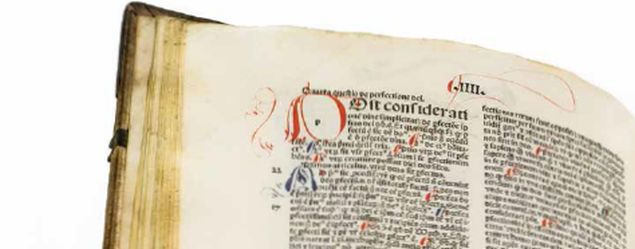
Commentaries on the Exhibit’s Works
Files
Download Commentary (264 KB)
Description
A brief commentary prepared by Treavor Bogard, PhD, Assistant Professor, Teacher Education, on the following work:
Maria Montessori
Il metodo della pedagogia scientifica applicato all'educazione infantile nelle Case dei Bambini (The Montessori Method: Scientific Pedagogy as Applied to Child Education in “the Children's Houses”)
1909; first edition
Permission Statement
This item and all others in the Imprints and Impressions collection are licensed for research, educational and private use. Proper attribution must be used when downloading or reproducing this content. If you wish to use the materials for other purposes, please contact University of Dayton Libraries to obtain permission: 937-229-4221.
Contents of Streaming Media
Jennifer Speed of the College of Arts and Sciences discusses Moses Maimonides’s exploration of the intersections of faith and reason in medieval Jewish thought; she also reflects on the impact of Maimonides’s work on theological and philosophical thinking in Christian and Islamic traditions.




Comments
First published in 1909, the Montessori Method sold quickly through six editions, and by 1913, more than 100 Montessori schools had opened in the United States.Although scientific-based instruction is now pervasive in teacher education, Maria Montessori’s method was among the first to be marketed as empirically grounded. Her observation of how children learn in natural settings formed the basis of the pedagogy and linked back to two overarching principles drawn from her research: that children’s psychological development occurs through interactions within their environment; and that each stage of psychological development is hastened and optimized through interactions within the environment that encourage growth of children’s innate tendencies.